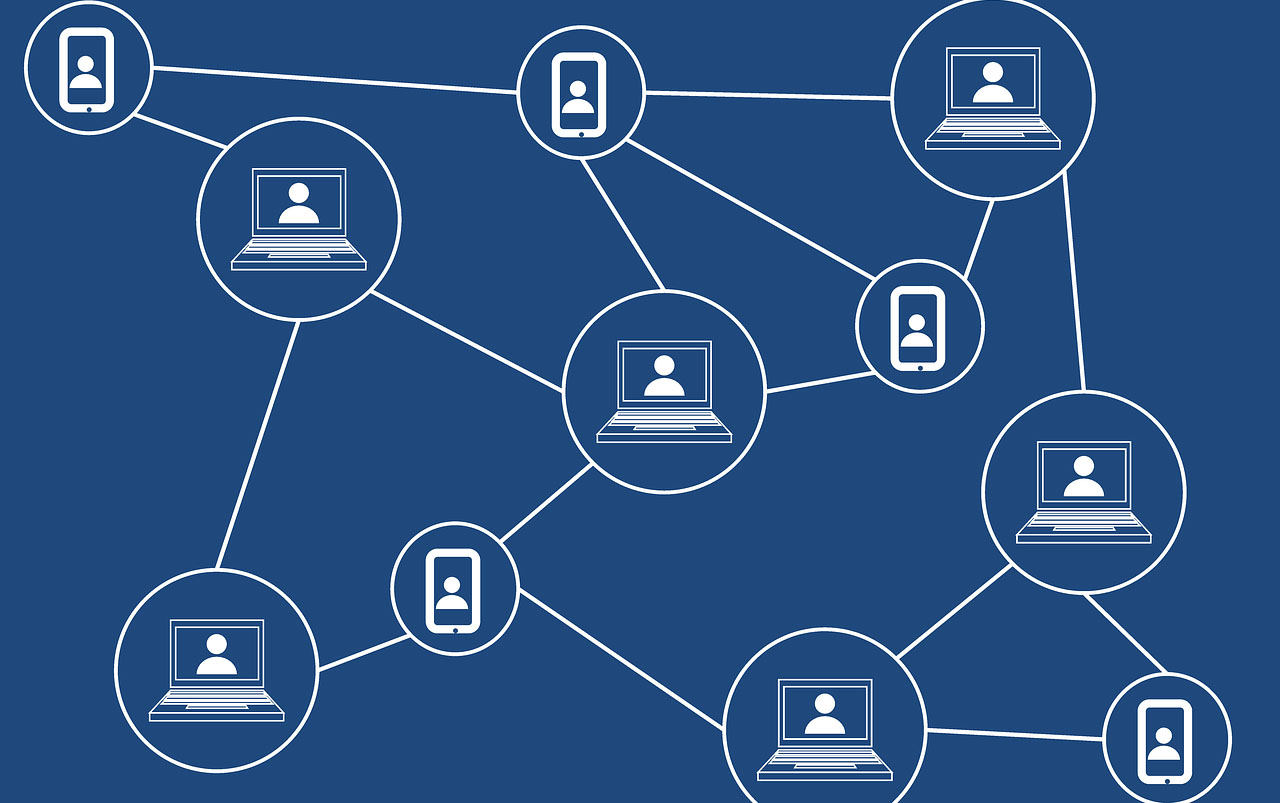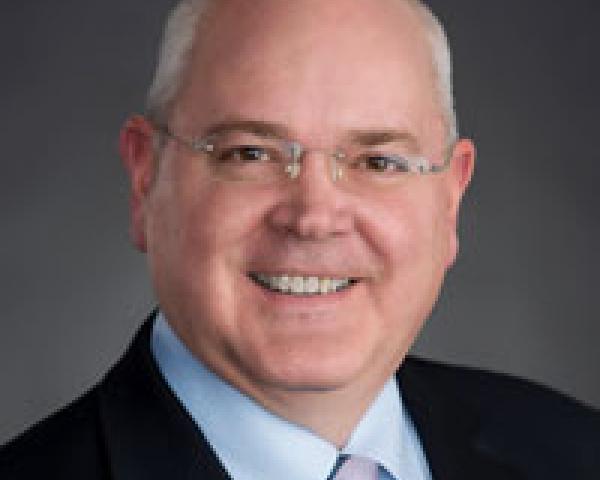Tech innovation is coming to insurance, but where and when it strikes is uneven. Auto and health insurance have been facing serious disruption, for instance, but for very different reasons (
self-driving cars and
telematics, vs. the
ACA and hospital mega-mergers). Life insurance and commercial P&C are only now feeling disruption. Reinsurance and annuities are following behind.
To see trends, then, it can be instructive to focus on specific insurance functions rather than the type (market vertical).
Distribution — that is, sales and marketing — is one area that has been especially active compared with other functions such as underwriting, risk, investments, admins/support or claims.
Why disrupt distribution?
It’s where the money is. In general, when a P&C or life insurer gets $1 in premium, 40 cents goes to distribution (marketing/sales costs, i.e. the agent) and 50 cents goes to everything else (underwriting, claims, service/support, risk, fraud, product, executives, etc.). Only 10 cents is profit. The largest distribution cost is usually agent commissions, which range from 50% to 130% of a policy’s first year premium.
It’s easy for carriers to work with alternative distribution channels. Insurance carriers are used to third-party distribution. They have been using independent agents, wholesale agents and affiliates (e.g., sales through AARP) for years. Systems are already in place to easily take on new distribution outlets.
.
The rise of insurance aggregators
Aggregators are simply comparison shopping sites — like kayak.com for insurance. They allow consumers to easily compare product features, carriers, coverage and price. They aren’t the only distribution disruptors, but new developments are making them more potent.
Comparison sites come in three general flavors:
lead generators,
call-center-based agencies and
digital agencies. From their websites, it can be difficult to tell them apart, but they operate differently and appeal to different investors.
Lead generators — such as
InsWeb,
NetQuote and
Insurance.com — use a comparison shopping format to entice insurance shoppers to provide personal information. They then sell these leads, often to traditional brick-and-mortar insurance agencies. Lead generators specialize in either gathering lots of leads cheaply, or curating data to sell fewer but higher-value customer referrals. Lead generation is a specialized technique, an art even. But it’s mostly unrelated to emerging technology. It is difficult for non-lead-gen experts to assess the quality and sustainability of lead-gen platforms.
Call-center agencies can develop leads or purchase them; in any case, their call centers employ licensed insurance agents who make sales. A classic example:
SelectQuote, founded in 1985 and known for its early TV ads, is now the largest direct channel for life insurance.
Goji is doing this well in the auto insurance space and now has several hundred licensed call center insurance agents. Call-center agencies are also great businesses. Their core competency, however, isn’t technology. It is HR hiring and training. Hiring and training a large sales force and managing its churn is growth-limiting. A commissioned call center sales force might reach 300 agents, but it is almost impossible to get to 1,000 or more high-quality agents. Crucially, too, the model does not leverage technology, so margins depend on commissions remaining high.
Digital agencies allow customers to shop and buy entirely (or nearly so) online. Without a human sales force, they must create well-thought-out user experiences that make the process of buying insurance transparent and understandable. Typically, this requires building sophisticated interfaces into multiple carriers’ systems so that the customer experience is unrelated to the company selected. In general, digital agencies hire developer talent rather than sales talent.
Esurance, one of the first successes in the space, was
bought by AllState for $1 billion in 2011. A more recent example (and
AXA Strategic Ventures portfolio company) is
PolicyGenius, which is bringing this digital model to life and disability insurance.
I believe digital agencies are the future. They focus on technology to sell policies
without the aid of a commissioned human agent. This is a crucial distinction because, while both call-center agencies and digital agencies generate income from commissions, call-center agencies have to split that commission with their licensed call center agent while digital agencies do not. This means that, at scale, digital agencies should have higher profit margins. In fact, it is likely that digital agencies will actually look to lower commissions to drive sales and to provide more competitive pricing than human agents or call-center agencies.
 Insights from the U.K.
Insights from the U.K.
The U.K. insurance markets adopted the aggregator model earlier than U.S. carriers, which gives us a window into their potential future. What’s happened there shows us three things.
First, aggregators have captured a material share of the insurance market and are continuing to grow. A recent
Accenture survey found that, in the U.K., “aggregators account for 60% to 70% of new business premiums in the private automobile insurance market” and that French aggregators have seen “18% average annual growth for the past five years.“ We’re already starting to see this in the U.S.: Oliver Wyman recently reported that “the number of insurance policies sold online has grown more than 400% over the last eight years.”
Swiss Re said, “More than half of consumers say they are likely to use comparison websites to help make purchase decisions about insurance in the future.”
Second, aggregators eventually will compete with one another across all personal lines of insurance. U.S. digital agencies today focus on one type of insurance (life or auto or home), though they might claim to offer a few others. But almost all U.K. aggregators compete across all personal line insurance products.
Third, insurance carriers will get into the aggregator game. Two of the top three U.K. aggregators sold to U.K. carriers;
GoCompare was purchased by
esure, and
Confused.com was purchased by the
Admiral Group. Only
MoneySuperMarket remains independent. And carriers are looking to create aggregators from scratch.
Accenture’s report noted that 83% of U.K. carriers are “considering setting up their own aggregator sites.”
Start-ups, tech giants and carriers in the ring
Still, it’s not totally clear how digital distribution will play out here. Multiple start-up digital agencies have raised significant capital.
PolicyGenius and
Coverhound have raised more than $70 million, $50 million of it just in the last six months. This represents a fraction of what a major tech player (say Google or Amazon) could put toward an effort to enter this market. Interestingly, Google purchased the U.K. aggregator
BeatThatQuote in 2011 and launched the California auto insurance aggregator
Google Compare less than a year ago, but just announced it was
shutting it down. That could be because Google Compare functioned as lead-gen for CoverHound and Google decided the fee it received per lead was cannibalizing its ~$50 per click ad-sense revenue from auto insurance search terms.
Long-term success in insurance requires focus, deep knowledge of the industry and deep knowledge of the consumer. Insurance is very different from most e-commerce products, and Google’s experience could be indicative of the difficulty big digital brands will have trying to crack the insurance aggregator market.
Finally, most large American carriers haven’t decided what to do. Purchasing an aggregator creates strange incentives, potentially driving customers to a competitor. At the same time, it also gives the insurer the opportunity to quietly select the risk it wants to keep and pass off the risk it’d prefer to give up.
Progressive has had mixed success.
Final thoughts
I think the U.S. will see trends and dynamics similar to the U.K.’s, and soon. Within three years, the major digital agencies will start to compete fiercely, and, within five, one or more will have been purchased by a carrier.
More digital agencies also will tackle the complex insurance products: annuities, permanent life insurance and commercial insurance. Right now, start-ups are trying —
Abaris for annuities and
Insureon and
CoverWallet for commercial insurance — but their offerings aren’t yet as developed as Policy Genius or CoverHound.
Finally, I think the rise of digital financial advice platforms (a.k.a, robo-advisers or “robos”) give digital insurance agencies an interesting channel to consumers that will help at least one of them mature and grow to an IPO.
I asked two digital agency CEOs what they thought the future was going to bring. Here is what they said:
Jennifer Fitzgerald,
PolicyGenius’ CEO, said, “Consumers are much more self-directed in the digital age, so the focus is giving potential insurance clients the tools they need — instant and accurate quotes, transparent product recommendations, educational resources — so they can go through the process at their own pace. Then it’s important be there for them with an intuitive, easy-to-use platform and service when they’re ready to buy. That’s the basis for the new wave of insurance education tools like the PolicyGenius Insurance Calculator, and is reshaping how consumers look at insurance.”
Matt Carey from
Abaris said, “I think we’ll soon see a new wave of made-for-online products. Carriers have always gone to great lengths to create products that made sense for a specific channel. The Internet will be no different. In our business, that probably means very simple lifetime income products that are subscription-based and have low minimums. Until then, I don’t think we’ll reach a tipping point in the migration from offline to online.”













 Insights from the U.K.
The U.K. insurance markets adopted the aggregator model earlier than U.S. carriers, which gives us a window into their potential future. What’s happened there shows us three things.
First, aggregators have captured a material share of the insurance market and are continuing to grow. A recent
Insights from the U.K.
The U.K. insurance markets adopted the aggregator model earlier than U.S. carriers, which gives us a window into their potential future. What’s happened there shows us three things.
First, aggregators have captured a material share of the insurance market and are continuing to grow. A recent 


